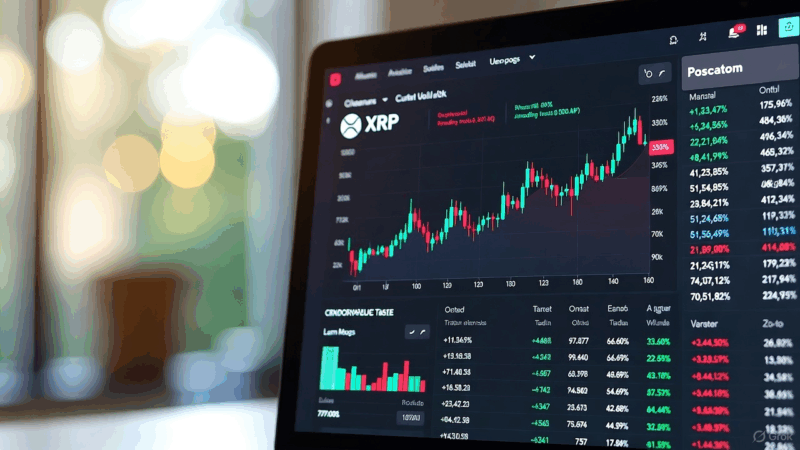The maneuver confirms the role of XRP as an asset to finance operations of the Ripple company.
Unlike Bitcoin, the future supply of XRP is subject to corporate strategies.
Ripple’s chief technology officer (CTO), David Schwartz, has clarified that the company has the ability to pre-sell the rights to XRP tokens that are locked in escrow (escrow).
The statement was a technical response within a debate on social network How the market capitalization of XRP is calculated compared to that of bitcoin (BTC).
This discussion originated when an escrow. In response, another user questioned whether this meant that Ripple could liquidate all of its escrow funds at any time.
It was at this point that Schwartz intervened to specify the mechanism. He explained that Ripple could “sell the right to receive tokens released from the trust”but stressed that “XRP cannot yet circulate until its release dates.” With this, it differentiates between selling a future asset and liquidating the current supply.
Beyond the technical debate, Schwartz’s confirmation has direct implications. On the one hand, evidence a way for Ripple to obtain liquidity using its future holdings as collateralwhich reinforces the perception that XRP is a key mechanism for financing its operations.
On the other hand, the pre-sale of these rights could be interpreted as a strategy to dilute the future supply of the digital asset between a greater number of holders, which could theoretically contribute to greater decentralization in the possession of the token (although it would also harm its price by freeing up more units for potential sale).
XRP, at the antipodes of Bitcoin’s monetary policy
This panorama contrasts fundamentally with Bitcoin’s monetary policy.
In the case of the main digital currency, its issuance and distribution is predetermined by an immutable code and its total supply is limited to 21 million units.
There is no central entity with the ability to manage reserves or make discretionary decisions about the future distribution of new bitcoin.
The creation of new coins responds solely to the mining process and a halving schedule (halving) predictable and unrelated to corporate strategies, which establishes a key difference in the predictability and decentralization of your money supply.






Leave a Reply